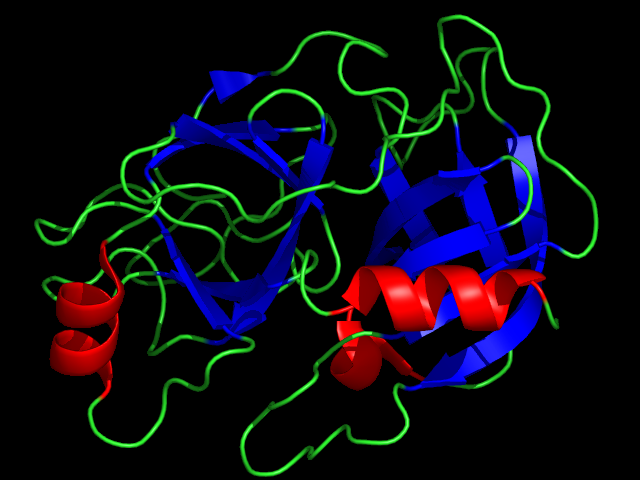 GST pull-downs
GST pull-downs
Pull-down assays probe interactions between a protein of interest that is expressed as a fusion protein (e.g., bait) and the potential interacting partners (prey). In a pull-down assay one protein partner is expressed as a fusion protein (e.g., bait protein) in E. coli and then immobilized using an affinity ligand specific for the fusion tag. The immobilized bait protein can then be incubated with the prey protein. The source of the prey protein can be either from a cell-based or cell-free expression system. After a series of wash steps the entire complex can be eluted from the affinity support using SDS-PAGE loading buffer or by competitive analyte elution, then evaluated by SDS-PAGE.
The most common types of GST pulldowns are:
Bacterial expression of bait protein. Mammalian expression of prey protein.
In this format the bait protein is expressed as a GST fusion protein in E. coli followed by immobilization on particles containing reduced glutathione. Expression of endogenous or recombinant prey proteins in eukaryotic cells increases the probability that they will be properly modified or folded. These modifications can be critical for successful protein:protein interactions to occur. Mammalian cell extracts containing the expressed prey protein are prepared and allowed to interact with the immobilized GST fusion bait protein.
References
- Spelat, R. et al. (2012) J. Biol. Chem. 287, 38279.
- Cousins, S. et al. (2012) J. Biol. Chem. 287, 13652–76.
- Cartier, A. (2011) J. Cell Biol. 124, 3292–4.
- Ludrer, H. et al. (2011) J. Biol. Chem. 286, 18444–510.
- Yang, M. et al.(2011) J. Biol. Chem. 286, 16272–84.
Bacterial expression of bait protein. Mammalian cell-free expression of prey protein.
Utilizing this format requires that the bait protein be expressed as a (GST) fusion protein in E. coli and immobilized on a support resin. Mammalian, cell-free expression systems are used to generate a non-fusion prey protein. Expressed prey proteins are then allowed to interact with the immobilized GST fusion bait proteins. When using cell-free expression systems prey proteins can be expressed in 1–2 hours and used without purification. This convenience enables the rapid characterization of several different prey protein domains created by site-directed mutagenesis. The effects of specific mutations on the interaction can then be evaluated.
References
- Flume, G. et al. (2012) Nucl. Acid. Res. 40, 3548–62.
- Delgehyr, N. et al. (2012) Proc. Natl. Acad. Sci. 109, 5729–34.
- Muratore, G. et al. (2012) Proc. Natl. Acad. Sci. 109, 6247–52.
- Ma, W. et al. (2010) J. Virol. 84, 2122–33.
- Kim, S.M. et al. (2010) Nucl. Acid. Res. 38, 6389–403.
- Camacho, L. et al. (2009) J. Cell. Sci. 122, 4383–92.
- Houshmandi, S. et al. (2009) Mol. Cell Biol. 29, 1472–86
